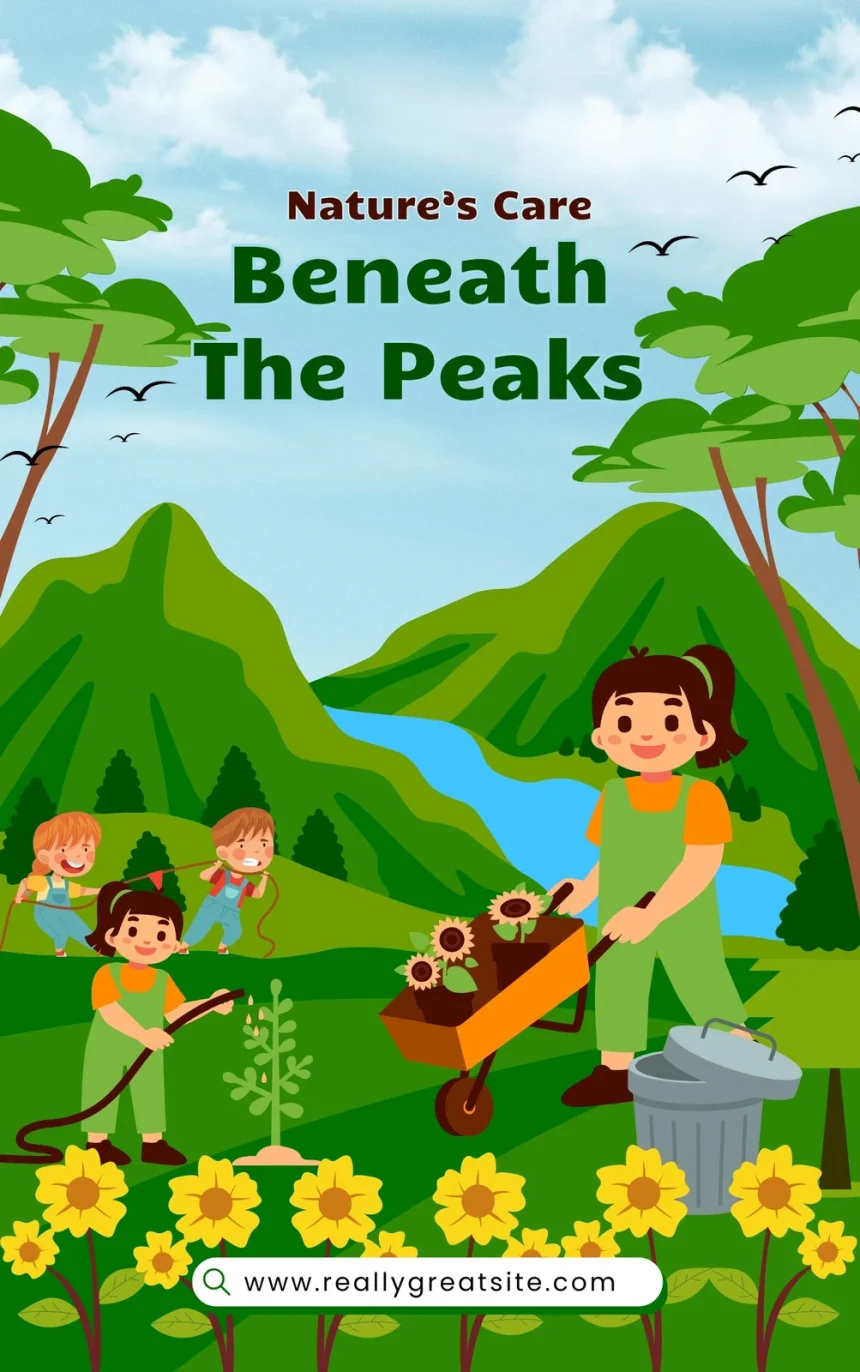Tucked away in the remote reaches of southwest Alaska, Bristol Bay is one of the last great frontiers on Earth—untamed, breathtaking, and fiercely protected. Famous for its wild salmon runs, vast watersheds, and raw beauty, this region is more than just a destination—it’s a living, breathing testament to nature’s enduring power.
Whether you’re a fisherman, a conservationist, a traveler, or simply a lover of maps and exploration, understanding Bristol Bay through a detailed map is like unlocking a secret world. Each river bend, lake, mountain ridge, and coastline tells a story of life, culture, and ecological wonder.
Where Is Bristol Bay?
Nestled in Alaska’s southwest region, Bristol Bay stretches along the edge of the Bering Sea’s rugged coastline.It spans an enormous area—over 40 million acres—with no large cities and only a handful of small communities. It includes some of Alaska’s most significant geographic and ecological landmarks:
-
The Nushagak River
-
The Kvichak River
-
Lake Iliamna (Alaska’s largest lake)
-
The Togiak National Wildlife Refuge
-
Vast tundra, volcanoes, and glacier-fed lakes
A good map of Bristol Bay reveals just how wild and expansive this region truly is.
What Makes a Map of Bristol Bay Unique?
Unlike urban maps or even most wilderness charts, a detailed map of Bristol Bay focuses on natural features. It’s a showcase of:
-
River systems that fuel the world’s most productive salmon fishery
-
Fly-in-only villages connected by winding waterways and floatplanes
-
Protected lands and native tribal territories
-
Important ecological zones where wildlife thrive
Maps here aren’t just tools—they’re survival guides for bush pilots, fishers, researchers, and indigenous communities who depend on the land and water.
The Lifeblood of the Bay: Salmon Rivers
A true map of Bristol Bay wouldn’t be complete without highlighting the legendary paths of its salmon-filled rivers.These rivers—Nushagak, Kvichak, Ugashik, and others—support the largest sockeye salmon run on the planet. Every summer, tens of millions of salmon return to these waters, feeding not only people but also bears, eagles, whales, and an entire ecosystem.
For those interested in fishing or ecological preservation, mapping these rivers is key to understanding why Bristol Bay matters on a global scale.
Cultural and Historical Significance
Maps of Bristol Bay don’t just mark geography—they also chart the human story. The region is home to Alaska Native communities, including the Yup’ik, Dena’ina, and Aleut peoples, whose presence predates modern maps by thousands of years.
Traditional place names, sacred sites, and subsistence areas often appear on tribal-produced maps, offering deeper insight into how the land is used and respected.
Bristol Bay in Peril: Mapping a Landscape Worth Protecting
Bristol Bay has been central to environmental disputes, especially concerning the Pebble Mine proposal, which posed significant risks to the region’s vital watershed. Maps played a critical role in this fight—illustrating the interconnectedness of the land, rivers, and species that depend on the region.
By studying detailed maps, activists and scientists made a compelling case: this isn’t just land—it’s life.
Conclusion: Why the Map Matters
To look at a map of Bristol Bay, Alaska is to peer into a world where wilderness reigns. It’s a place defined not by highways or cities, but by rivers, mountains, and migration paths. Every line on the map is a story—of survival, of harmony, of nature left untouched.
Whether you’re planning a trip, researching Alaska’s ecosystems, or simply admiring from afar, a map of Bristol Bay is a reminder that some of Earth’s wildest places still exist—and are worth understanding and protecting.







